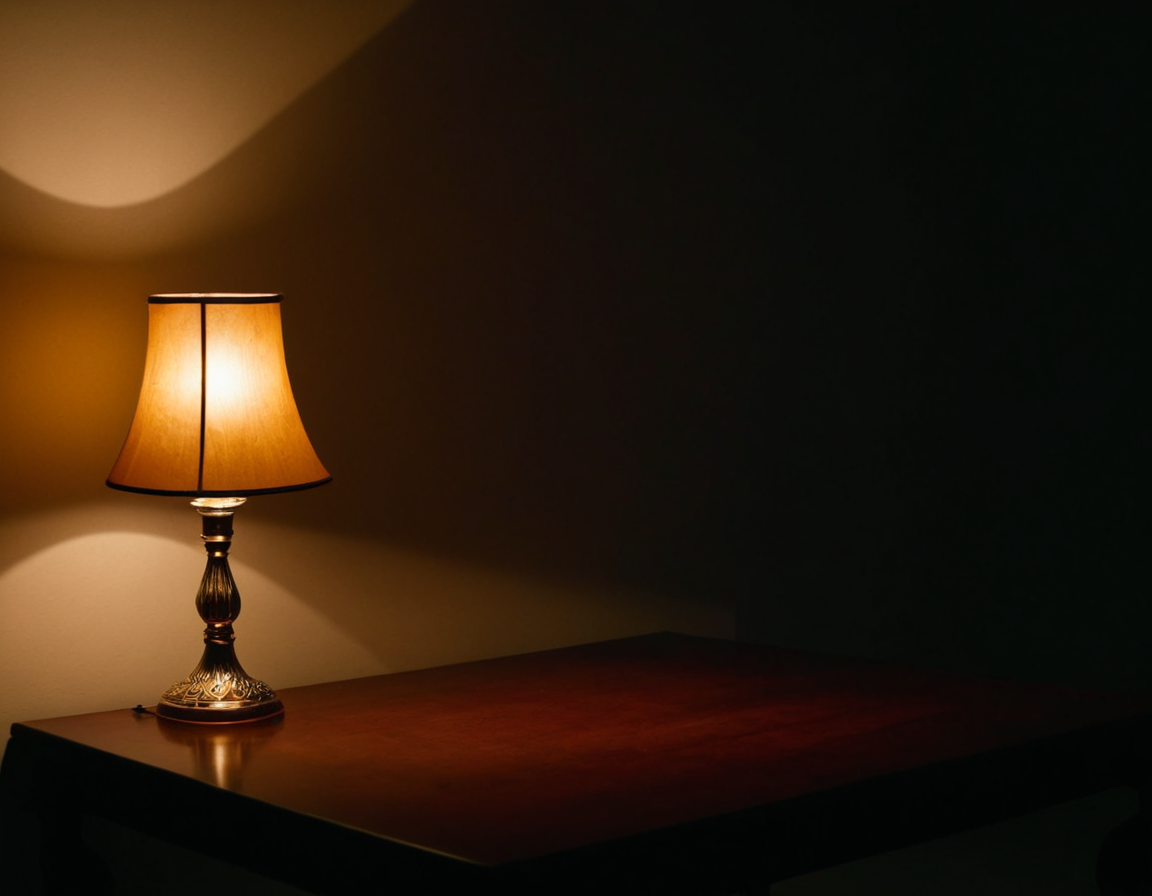Reflect, Diffuse: Brightening Dark Scenes

Brightening Up Dark Scenes: Mastering the Art of Reflector and Diffuser Usage
As photographers, we’ve all encountered those challenging situations where the lighting just isn’t cooperating. Harsh shadows, unflattering highlights, and an overall lack of depth can make even the most beautiful scenes look dull and lifeless. However, there is a solution that can breathe new life into these dark spaces: reflectors and diffusers.
In this article, we’ll delve into the world of light manipulation, exploring the benefits, types, and practical applications of using reflectors and diffusers to enhance your photography.
Understanding Reflector and Diffuser Basics
A reflector is an object that bounces back light, redirecting it towards your subject. This can help fill in shadows, add depth, and create more natural-looking lighting. On the other hand, a diffuser disperses light, reducing harshness and creating a softer, more even illumination.
Benefits of Using Reflectors and Diffusers
Before we dive into the nitty-gritty of how to use these tools, let’s explore their benefits:
- Improved Lighting Control: By manipulating light, you can create a range of effects, from subtle enhancements to dramatic transformations.
- Enhanced Portraiture: Soft, natural-looking light is essential for capturing stunning portraits. Reflectors and diffusers can help achieve this.
- Increased Creativity: Experimenting with reflectors and diffusers can lead to innovative and unique lighting setups.
Types of Reflectors
There are several types of reflectors available, each serving a specific purpose:
- Dedicated Reflector Panels: These are designed specifically for photography and come in various sizes and materials.
- Foam Core Boards: A cost-effective alternative to dedicated reflector panels, foam core boards can be used to create makeshift reflectors.
- Reflective Surfaces: Everyday objects like aluminum foil, white paper, or even a piece of white clothing can be repurposed as makeshift reflectors.
Types of Diffusers
Diffusers are equally important for achieving the desired lighting effect:
- Translucent Materials: Fabrics, gels, or plastic sheets can be used to create diffusers.
- Fiber Optic Diffusers: These use fiber optic strands to disperse light and create a unique effect.
- Softboxes and Umbrellas: While not traditional diffusers, softboxes and umbrellas can provide a soft, indirect light when used correctly.
Practical Examples
Let’s put these tools into practice:
Example 1: Using a Reflector to Fill in Shadows
When working with natural light, shadows can be harsh and unflattering. By placing a reflector behind your subject, you can fill in those gaps and create a more even lighting setup.
Example 2: Creating a Softbox Using a Diffuser
Softboxes are expensive and bulky. However, by using a diffuser and a makeshift frame, you can create a similar effect at home.
Conclusion and Call to Action
In conclusion, reflectors and diffusers are powerful tools that can transform your photography. By understanding their benefits, types, and practical applications, you can take control of your lighting and create stunning images.
As you continue on this journey, remember to experiment, innovate, and push the boundaries of what’s possible. The next time you’re faced with a challenging lighting situation, consider reaching for your trusty reflector or diffuser.
What’s the most creative lighting solution you’ve ever used? Share your stories in the comments below!
Tags
lighting-tips photography-tricks dark-scenes reflectors-and-diffusers professional-photos
About Luis Torres
Hi, I'm Luis Torres, a photographer and blogger passionate about helping creatives grow. With a background in photography and a knack for teaching, I share actionable tips & techniques on lentecreativa.com to inspire and educate photographers of all levels.

